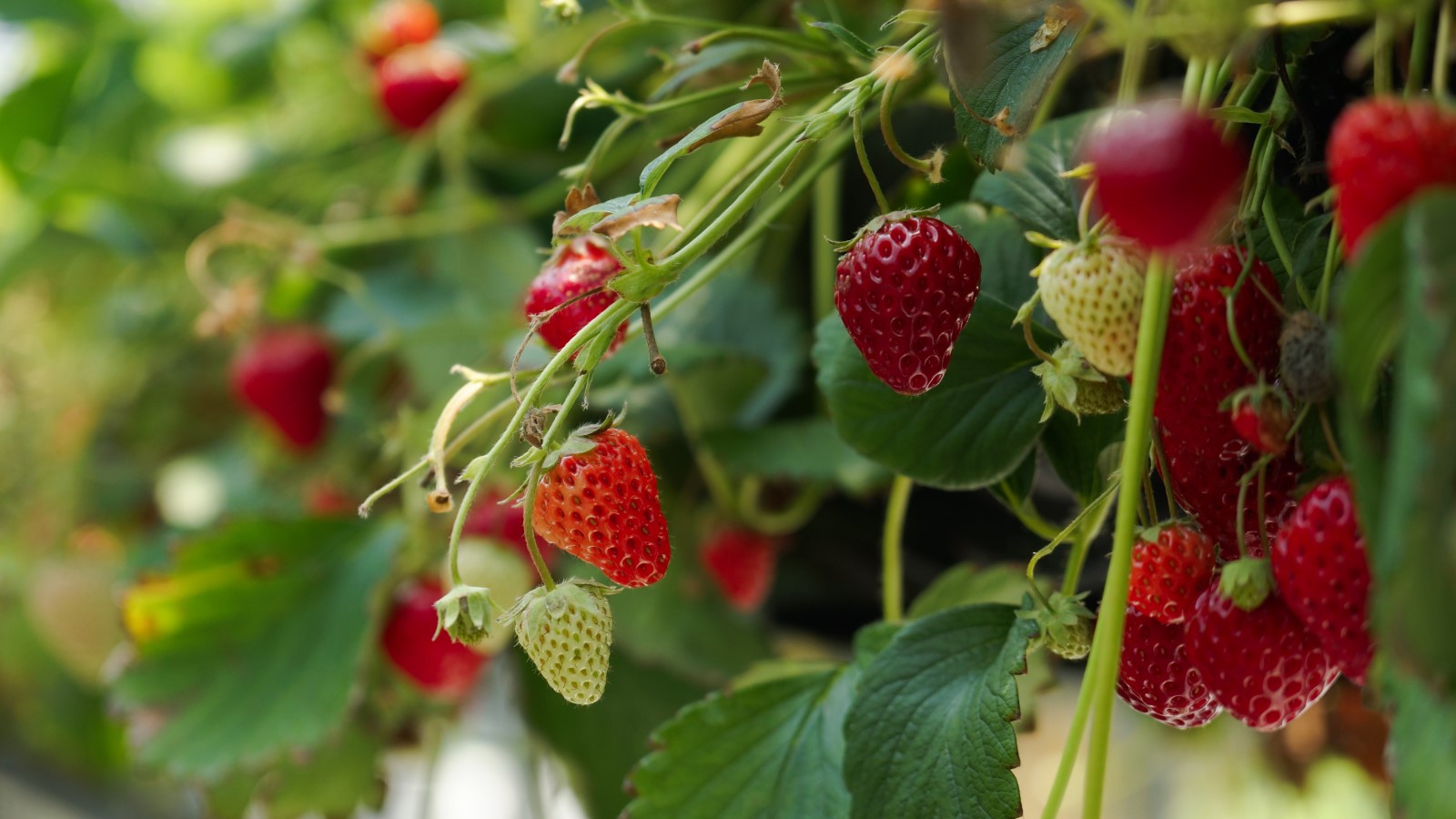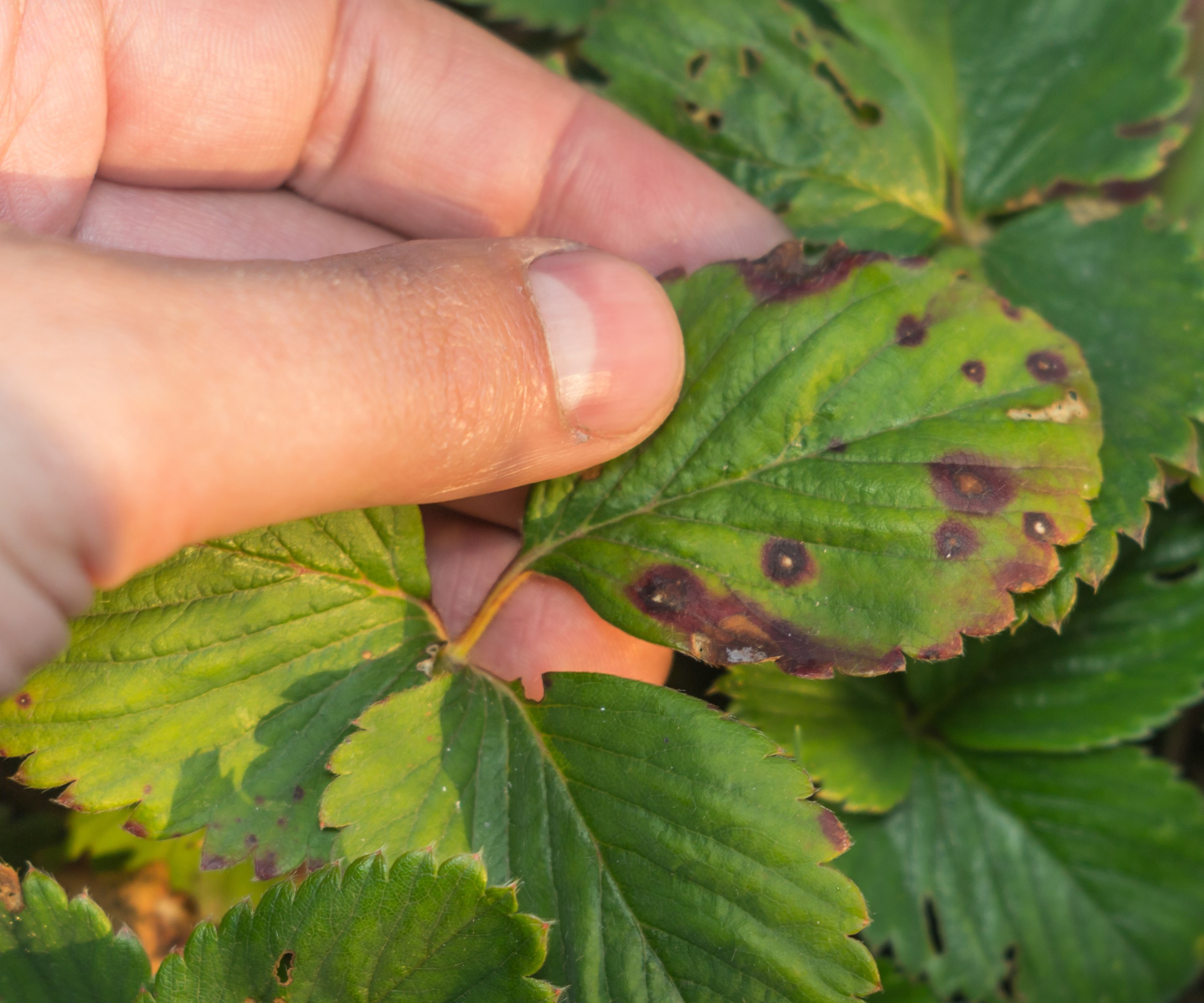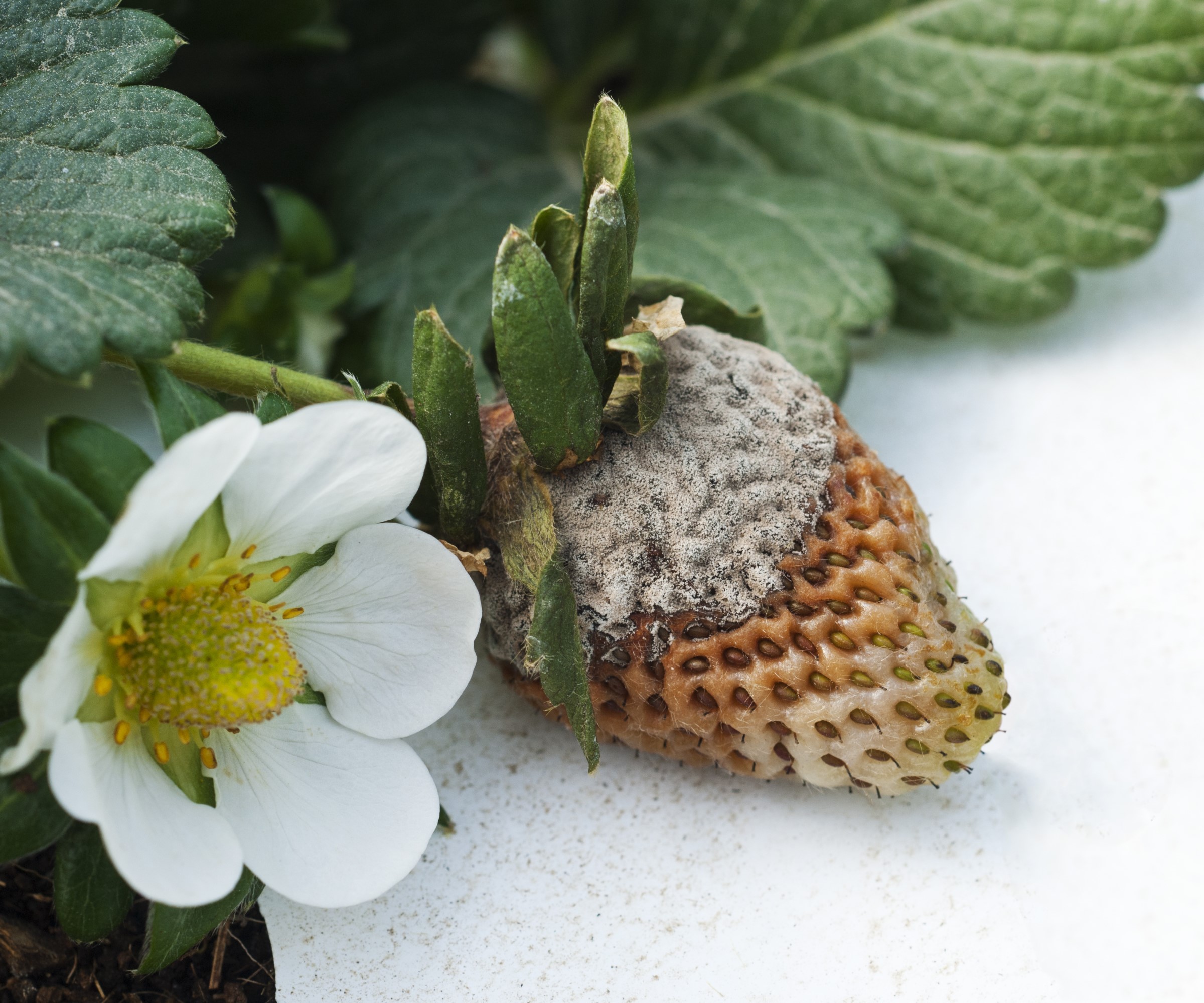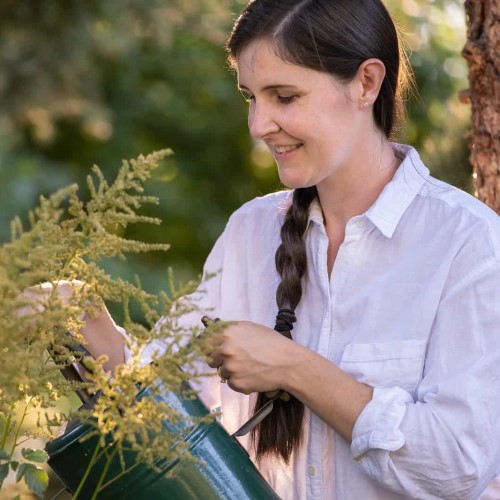Strawberry diseases – 5 issues that can damage your crops, plus tips on how to prevent them
Both the leaves and the fruits of strawberry plants can be hit by multiple issues


Q. I am growing strawberry plants in my backyard but have noticed a lot of spots on the plant’s leaves and also have been increasingly getting gray mold on the fruits. What could be causing these issues and what can I do to prevent them?
A: Unfortunately for gardeners, strawberries can be affected by several bacteria, viruses, and fungi that can affect all parts. The fruit, flowers, leaves, and roots can all be subjected to some form of disease.
When growing strawberries, identifying problems early and removing affected parts can be one way to help prevent issues wiping out all of your crops. Other key ways to combat strawberry diseases is to not overcrowd plants, practice good rotation, and avoid stressing plants by giving them the right conditions to prosper

Leaf spot shows as small spots on strawberry leaves
Common strawberry diseases and how to spot them
The leaves can be a tell-tale factor for several of the most common strawberry plant diseases, including leaf spot, black spot, verticillium wilt, and leaf blight. Whether your strawberry leaves are turning brown or yellow, it can be a sign that something is not right.
Dick Zondag, the former president and garden doctor for Jung Seed, says: ‘The signs of leaf diseases are yellow spots that quickly turn black, and black spot is black right away. The best way to control these diseases is to have morning sunlight which dries the leaves early which will stop the leaf diseases.'
- Leaf spot This shows as small round spots on the surface that can ultimately merge together. It is a fungal problem common during late spring. Thankfully it tends to be a cosmetic problem and should not affect the fruit, however the fungus can over-winter on the plant and it easily spreads by splashing rain or through watering plants from above.
- Strawberry black spot This is a different fungal disease that can show as small black spots on the leaves, or sunken brown spots on ripening fruits.
- Leaf blight Shows as reddish blotches that develop into V-shaped lesions on the leaves. As well as infecting leaves, it can affect any runners and impact their future yields.
- Verticillium wilt Another strawberry disease that hits the leaves. It usually presents as wilted and dried older leaves and stunted new growth. The bad news is that an infected plant will not produce fruit and the disease can remain in the soil for up to 20 years.
- Gray mold, or botrytis A very common strawberry plant disease and is characterized by visible fuzzy gray mold that appears in masses on fruits. Gray mold loves temperatures between 58 and 72˚F and it can ruin fruits. Any affected fruits should not be eaten. Dick Zondag recommends that gray mold is controlled by ‘keeping the fruit picked as it turns red’. He adds: ‘The more mature the fruits are the more susceptible to the molds and heavy dew also tends to bring on the molds.’

Strawberries hit with visible fuzzy gray mold must be thrown away
How to prevent strawberry diseases
Some of the best and simplest ways to prevent strawberry diseases are to reduce the amount of stresses that the plant will face. Some factors are going to be climate-related and you cannot control the weather, however you can control how you are growing the strawberries. That includes not over-crowding when planting strawberries and making sure they are growing in the right place.
Mary Jane Duford is a gardening expert and founder of Home for the Harvest. She advises that you plant your strawberries in a well-draining soil and ‘avoid areas where water puddles after rain’ and in a spot that gets ‘a minimum of 6-8 hours of direct sunlight daily’.
She adds: ‘Once the plants are in place, keep them well-watered and otherwise cared for. Drip irrigation works well as it keeps the moisture in the soil rather than spraying the foliage and berries on a regular basis. Mulching the surface of the soil around the plants with straw or another organic type of mulch will help to keep moisture in and discourage weed growth.’

Mary Jane Duford is a gardening expert and founder of the gardening blog Home for the Harvest. Mary Jane is a Master Gardener-in-Training and a certified permaculture garden designer. Her gardening blog is visited by millions of readers each year, from the USA, UK, Canada, and around the world.
Good management of plants can also help to prevent the spread of fungal diseases. Christy Wilhelmi, author and founder of Gardenerd, identifies that pruning away any diseased leaves is essential to halting any spread, adding that keeping plants healthy and well-watered, including fertilizing strawberries properly, will help stop diseases like powdery mildew from taking hold and avoiding you having to reach for any chemicals.
She says: ‘Some organic fungicides are available, but proper spacing and regular tidying of strawberry beds will make a less hospitable environment for diseases, so that you don't need to use fungicides.’
When gray mold strikes, remove infected berries as soon as you spot them so they do not infect more crops around them. Regular inspection is integral, especially during periods of wet weather. Constant monitoring to pick strawberries when they are ready will prevent fruits maturing and becoming more susceptible to gray mold. Any affected berries along with any dead plant material should be cleared and removed and it is recommended to properly clean strawberries that are harvested from the vicinity around fruits affected by gray mold.
As viruses like verticillium wilt can remain in the soil for many years then crop rotation is recommended and new strawberry plants shouldn’t be put back on the spot where old plants were. As the likes of tomatoes, peppers, potatoes, roses, and grapes have the same vulnerabilities as strawberries, avoid where they were recently planted too. Strawberry plants have a limited lifespan and tend to be dug up after around three years, so it provides a good opportunity to practice crop rotation in the vegetable garden.
It is recommended that strawberry plants are bought from reputable nurseries to ensure they are virus-free. Avoid accepting gifts of plants from others that may be infected, or refrain from growing new plants from the runners of virus-ridden plants. The trading of infection-riddled runners is a common way of strawberry plant diseases spreading from grower to grower. You can get strawberry varieties that are resistant to leaf spot, though there are none resistant to blight.

Christy Wilhelmi has been a gardener for almost 30 years and specializes in small-space, organic vegetable garden design, consulting, and classes. She is an author of several gardening books, including Grow Your Own Mini Fruit Garden available on Amazon.
Strawberries are plants that deserve a place in any backyard or kitchen garden. They are so versatile, you can grow them in the ground, you can grow strawberries in pots, and they can thrive outdoors or indoors in a greenhouse.
True, they can be hit by many pests or diseases and that means that you need to keep a close eye on your crops. Thankfully, many of the major problems can be combated by good crop management and observation. During the summer especially, you are going to be regularly looking around to harvest your fruits so that it gives you a good chance to spot any issues and step in quickly to deal with it.
Sign up to the Homes & Gardens newsletter
Design expertise in your inbox – from inspiring decorating ideas and beautiful celebrity homes to practical gardening advice and shopping round-ups.

Drew’s passion for gardening started with growing vegetables and salad in raised beds in a small urban terrace garden. He has worked as a professional gardener in historic gardens and specialises in growing vegetables, fruit, herbs, and cut flowers as a kitchen gardener. That passion for growing extends to being an allotmenteer, garden blogger, and producing how-to gardening guides for websites. Drew was shortlisted for the New Talent of the Year award at the 2023 Garden Media Guild Awards.
-
 ‘It leads to more headaches than it's worth’ – 4 reasons you should never store things in your oven, including fire risks and serious illness
‘It leads to more headaches than it's worth’ – 4 reasons you should never store things in your oven, including fire risks and serious illnessYour oven is for cooking, and cooking only, experts urge
By Chiana Dickson
-
 Urban gardening ideas – 7 creative ways to grow in small spaces, balconies, containers, indoors, and more
Urban gardening ideas – 7 creative ways to grow in small spaces, balconies, containers, indoors, and moreMake the most of your space with these innovative ways to garden
By Tenielle Jordison